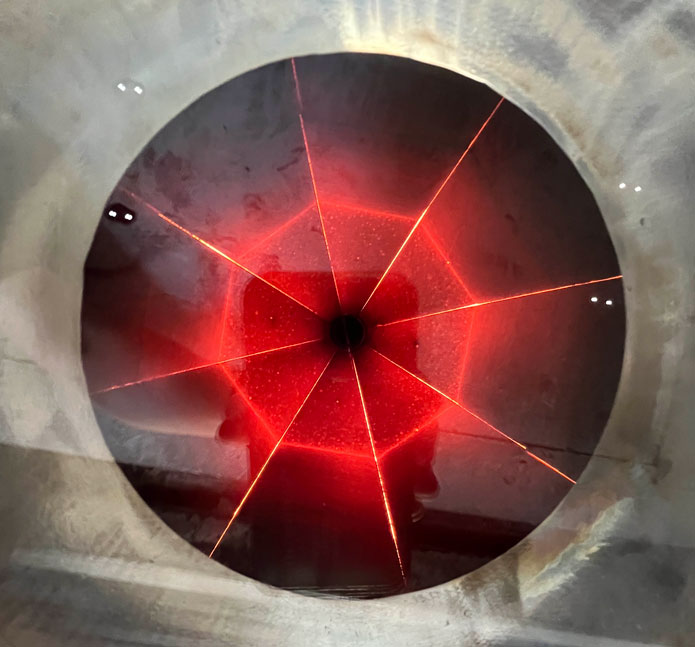Cemex and Synhelion report prospective scaling of a high-temperature process to industrially-viable levels, where solar energy supplants fossil fuel combustion. This marks a significant milestone in the companies’ journey toward the world’s first fully solar-powered cement plant.
An early 2022 energy lab demonstration in Spain saw researchers leverage Synhelion devices and fuel conversion methods to successfully produce clinker solely from solar power. Advancing from that stage to production under plant-like and continuous conditions reaffirms the tremendous potential of this technology to reach industrial-scale implementation.
Cemex and Synhelion will now take further steps toward building a solar-driven industrial-scale pilot cement plant.

“I am convinced we are getting closer to the technologies that will enable net-zero CO₂ cement and concrete production,” said Fernando A. González, CEO of Cemex. “The solid progress I see here proves that solar cement is not just a dream; it is achievable through continued collaboration and backed up by rigorous research and testing.”
“Our technology can make an important contribution toward decarbonizing cement production, and we look forward to more trailblazing achievements in this field,” added Gianluca Ambrosetti, co-CEO and co-founder of Synhelion.
Replacing fossil fuels with solar energy-derived alternatives would catapult Cemex efforts to achieve carbon neutrality across its cement, aggregate and concrete operations. The technology and processes Cemex and Synhelion are refining creates the conditions to separate, and therefore capture, the remaining calcination phase CO2 in concentrated form without additional efforts.
The project is part of Cemex’s Future in Action program, which focuses on achieving sustainable excellence through climate action, circularity, and natural resource management with the primary objective of becoming a net-zero CO₂ company by 2050.



